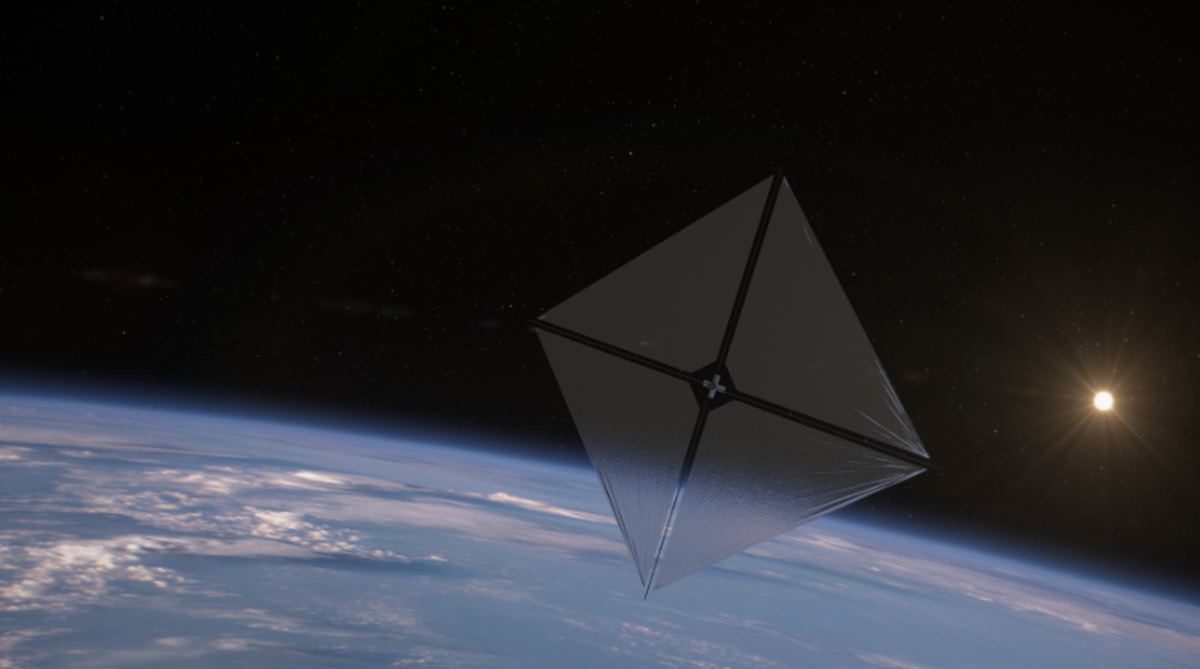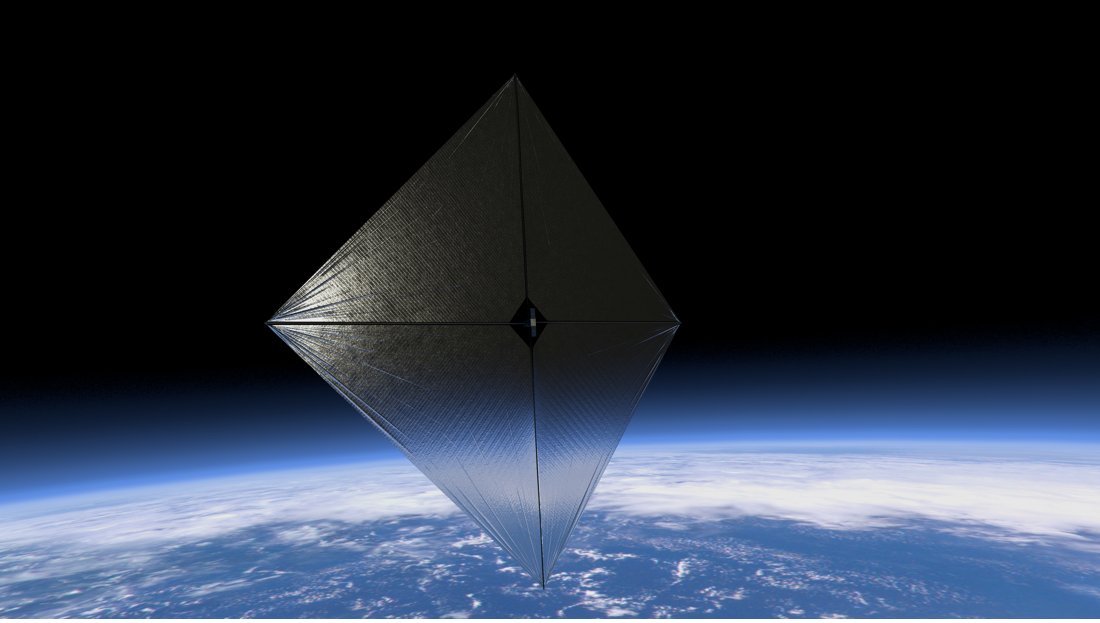We recently reported on the successful deployment of the solar sail of the Advanced Composite Solar Sail System (ACS3) technology demonstration mission. That huge achievement advances one of the most important technologies available to CubeSats – a different form of propulsion. But getting there wasn’t easy, and back in May, a team of engineers from NASA’s Langley Research Center who worked on ACS3 published a paper detailing the trials and tribulations they went through to prepare the mission for prime time. Let’s take a look at what they learned.
Continue reading “What Did We Learn From Manufacturing the ACS3 Solar Sail Mission?”NASA's New Solar Sail Extends Its Booms and Sets Sail

Solar sails are an exciting way to travel through the Solar System because they get their propulsion from the Sun. NASA has developed several solar sails, and their newest, the Advanced Composite Solar Sail System (or ACS3), launched a few months ago into low-Earth orbit. After testing, NASA reported today that they extended the booms, deploying its 80-square-meter (860 square feet) solar sail. They’ll now use the sail to raise and lower the spacecraft’s orbit, learning more about solar sailing.
“The Sun will continue burning for billions of years, so we have a limitless source of propulsion. Instead of launching massive fuel tanks for future missions, we can launch larger sails that use ‘fuel’ already available,” said Alan Rhodes, the mission’s lead systems engineer at NASA’s Ames Research Center, earlier this year. “We will demonstrate a system that uses this abundant resource to take those next giant steps in exploration and science.”
Continue reading “NASA's New Solar Sail Extends Its Booms and Sets Sail”NASA’s Next Solar Sail is About to Go to Space

Everyone knows that solar energy is free and almost limitless here on Earth. The same is true for spacecraft operating in the inner Solar System. But in space, the Sun can do more than provide electrical energy; it also emits an unending stream of solar wind.
Solar sails can harness that wind and provide propulsion for spacecraft. NASA is about to test a new solar sail design that can make solar sails even more effective.
Continue reading “NASA’s Next Solar Sail is About to Go to Space”NASA is Testing out new Composite Materials for Building Lightweight Solar Sail Supports
Space exploration is driven by technology – sometimes literally in the case of propulsion technologies. Solar sails are one of those propulsion technologies that has been getting a lot of attention lately. They have some obvious advantages, such as not requiring fuel, and their ability to last almost indefinitely. But they have some disadvantages too, not the least of which is how difficult they are to deploy in space. Now, a team from NASA’s Langley Research Center has developed a novel time of composite boom that they believe can help solve that weakness of solar sails, and they have a technology demonstration mission coming up next year to prove it.
Continue reading “NASA is Testing out new Composite Materials for Building Lightweight Solar Sail Supports”

